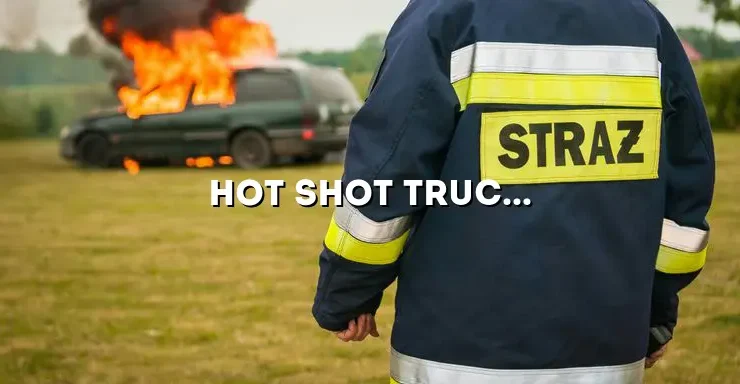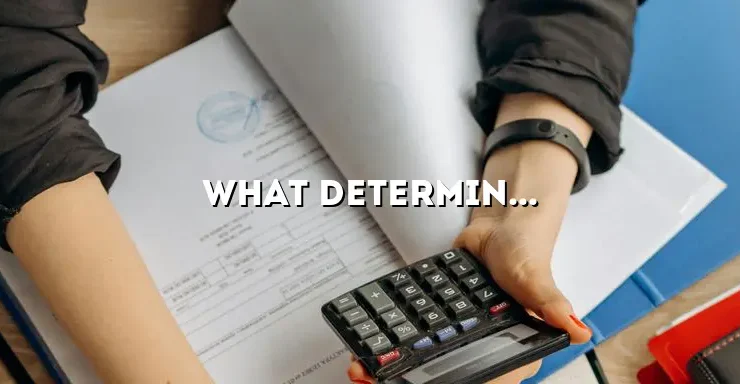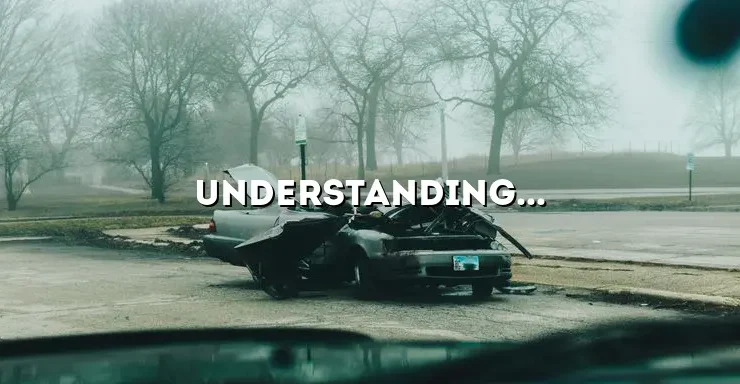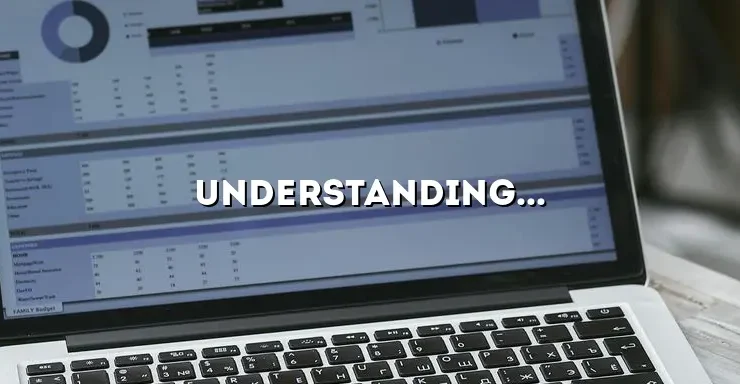
When it comes to the world of trucking, hot shot trucking has gained significant popularity in recent years. With its flexibility and efficiency, hot shot trucking has become a preferred choice for many shippers and carriers. However, like any other business, hot shot trucking also comes with its own set of risks and liabilities. This is where hot shot trucking insurance plays a crucial role in protecting your business and ensuring its long-term success.
In this comprehensive guide, we will delve into the world of hot shot trucking insurance, covering everything you need to know to make informed decisions. From understanding the basics of hot shot trucking insurance to exploring different coverage options, we will provide you with valuable insights to protect your business from potential financial losses.
Understanding Hot Shot Trucking Insurance
In the fast-paced world of trucking, accidents and unforeseen events can happen at any time. Hot shot trucking insurance provides coverage for these risks, protecting your business and ensuring financial stability. Let’s take a closer look at what hot shot trucking insurance is and why it is essential for your business.
What is Hot Shot Trucking Insurance?
Hot shot trucking insurance is a specialized form of commercial trucking insurance designed specifically for hot shot trucking businesses. It provides coverage for the unique risks associated with hauling smaller loads on a tight schedule.
Why is Hot Shot Trucking Insurance Essential?
Hot shot trucking involves transporting time-sensitive loads over short distances. This can put your business at risk of accidents, damage to cargo, or injuries to drivers or third parties. Without proper insurance coverage, your business could face significant financial losses and potential legal liabilities.
Types of Hot Shot Trucking Insurance Coverage
Hot shot trucking insurance offers various coverage options to protect your business from different risks. These coverage options include:
1. Liability Insurance
Liability insurance is a fundamental coverage for any hot shot trucking business. It provides protection in the event your truck causes property damage or bodily injury to others. Liability insurance covers legal fees, medical expenses, property repairs, and other costs associated with accidents for which you are deemed responsible.
2. Cargo Insurance
Cargo insurance protects the value of the goods you transport. It covers damage or loss of the cargo during transit due to accidents, theft, or other covered perils. Having cargo insurance ensures that you are financially protected if the goods you are hauling get damaged, stolen, or lost.
3. Physical Damage Coverage
Physical damage coverage provides protection for your truck and trailer against damage resulting from accidents, vandalism, fire, theft, or natural disasters. It covers the cost of repairs or replacement, allowing you to get your truck back on the road quickly.
Factors Affecting Hot Shot Trucking Insurance Premiums
Several factors can influence the cost of your hot shot trucking insurance premiums. Understanding these factors can help you manage your insurance costs effectively.
1. Driving Record
Your driving record plays a significant role in determining your insurance premiums. A history of accidents, traffic violations, or DUI charges can increase your premiums as it indicates a higher risk of future incidents.
2. Cargo Value
The value of the cargo you haul also affects your insurance premiums. Higher-value cargo may require additional coverage or result in higher premiums due to the increased risk associated with transporting valuable goods.
3. Distance Traveled
The distance you travel on a regular basis can impact your insurance premiums. Long-haul trucking typically involves more time on the road, increasing the chances of accidents or other incidents.
Choosing the Right Insurance Provider
Selecting the right insurance provider is crucial for your hot shot trucking business. Here are some key factors to consider when choosing an insurance provider:
1. Reputation and Financial Stability
Research the reputation and financial stability of potential insurance providers. Look for companies with a proven track record of excellent customer service and prompt claims handling. Financial stability is essential to ensure they have the resources to pay claims if necessary.
2. Coverage Options
Consider the coverage options offered by different insurance providers. Look for providers that offer comprehensive coverage tailored to your specific hot shot trucking needs. It’s important to have the right coverage to protect your business adequately.
3. Deductibles and Premiums
Compare deductibles and premiums among different insurance providers. Assess how these costs align with your budget and how they affect your overall insurance coverage. Strike a balance between affordability and the level of protection provided.
Tips for Lowering Hot Shot Trucking Insurance Costs
While hot shot trucking insurance is necessary, there are strategies to help lower your insurance costs without compromising coverage. Consider implementing the following tips:
1. Implement Risk Management Techniques
Insurance providers often offer discounts to businesses that have effective risk management strategies in place. Implement safety protocols, driver training programs, and regular vehicle maintenance to reduce the risk of accidents and insurance claims.
2. Maximize Discounts
Insurance providers often offer various discounts that can help lower your premiums. Explore available discounts such as bundling multiple policies, installing safety devices in your vehicles, or maintaining a clean driving record.
3. Review Coverage Regularly
Regularly review your coverage with your insurance provider to ensure you have the appropriate coverage for your business. As your business evolves, your insurance needs may change. Adjusting your coverage accordingly can help optimize your insurance costs.
Common Hot Shot Trucking Insurance Claims
Understanding the common types of insurance claims in the hot shot trucking industry can help you take proactive measures to prevent them and minimize potential disruptions to your business operations.
1. Cargo Damage or Loss
Damage or loss of cargo is a common insurance claim in the hot shot trucking industry. Ensure proper cargo securing techniques, use appropriate packaging materials, and perform regular inspections to prevent damage or loss during transit.
2. Vehicle Accidents
Vehicle accidents can result in significant insurance claims for hot shot trucking businesses. Emphasize driver training, enforce safe driving practices, and regularly maintain your vehicles to reduce the risk of accidents and associated claims.
3. Liability Claims
Liability claims can arise from accidents involving your trucks, causing property damage or bodily injury to others. To minimize liability claims, ensure your drivers practice defensive driving techniques and adhere to all traffic rules and regulations.
Frequently Asked Questions About Hot Shot Trucking Insurance
To help you navigate the complexities of hot shot trucking insurance, here are answers to some frequently asked questions:
1. What are the Coverage Limits?
The coverage limits for hot shot trucking insurance vary depending on the insurance provider and the specific coverage options you choose. It’s important to carefully review the coverage limits in your policy to ensure they align with your business needs.
2. How Do I File an Insurance Claim?
In the event of an incident, promptly contact your insurance provider to initiate the claims process. They will guide you through the necessary steps, documentation, and information required to file a claim successfully.
3. Can I Customize My Coverage?
Yes, many insurance providers offer customizable coverage options to suit your specific hot shot trucking business needs. Work closely with your insurance agent to tailor your coverage to adequately protect your business.
In conclusion, hot shot trucking insurance is a vital investment for any hot shot trucking business. By understanding the nuances of this insurance and selecting the right coverage options, you can protect your business from potential financial setbacks and ensure its continued success. Remember, choosing the right insurance provider, implementing cost-saving strategies, and minimizing common insurance claims can go a long way in securing your business and its future.






